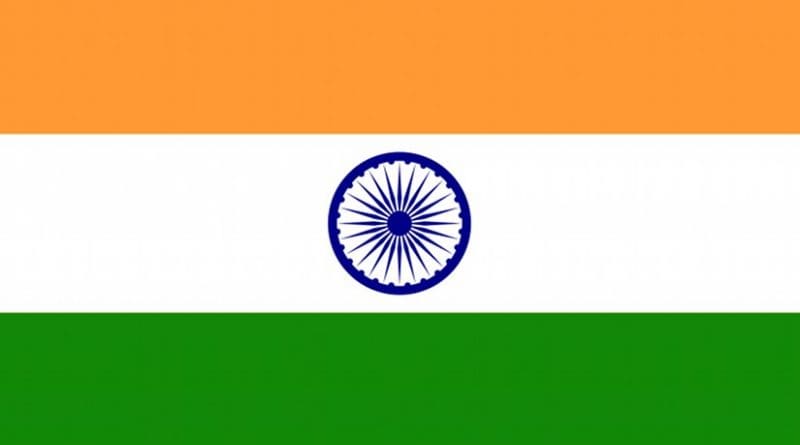Why The Focus On Indian Mujahedeen? – Analysis
What is common between Jhaveri Bazaar, a market of jewelers and Opera House, a diamond trading hub? Apart from the fact that these were two of the three Mumbai locations where explosives planted by terrorists went off on 13 July, both are also the trading centers for businessmen from the western state of Gujarat. This commonality appears to be guiding the investigators who believe that the explosions could be the handwork of the Indian Mujahedeen (IM) terrorist group.
Furthering the speculations of IM’s involvement in the blasts is the recent arrest of two suspected IM cadres, identified as Mohammed Mobin Khan and his cousin Ayub Raja Shaikh, from suburban Mankhurd locality of Mumbai with firearms.
IM came to be noticed for the first time, after it claimed responsibility for the serial explosions in the courts of the state of Uttar Pradesh in 2007. Several other attacks followed, the most lethal being the serial explosions in Gujarat in 2008 that killed 56 people and injured 200.
Riyaz Bhatkal and his brother Iqbal Bhatkal hailing from the southern Indian state of Karnataka are credited with establishing the IM. The IM is believed to have attracted Muslim youths from all over the country who are guided by a motive to avenge the atrocities committed upon the fellow Muslims in Gujarat during the communal riots of 2002. Cadres traveled to Pakistan to get trained and radicalized in the company of the Lashkar-e-Toaba (LeT) cadres.
Each attack carried out by the IM was followed by an email justifying the killings as acts of courage meant to avenge alleged atrocities on Muslims.
This “rebellion by means of terrorism” by these Muslim youths against what they perceived to be a Hindu Indian order goes back to the days of the Students Islamic Movement of India (SIMI), formed in 1977. The outfit played hosts to the devious designs of the Pakistan based outfits like the LeT and the Harkat-ul-Jihad al Islami (HuJI). However, SIMI was banned in 2001, most of its leaders arrested and prosecuted in the following years and as a result, the movement gradually dissipated.
A lot many SIMI cadres, out of the radar of the security agencies joined the IM, which for all practical purposes, was only a morphed form of the SIMI. It is these young cadres who carried forward the violent legacy of the SIMI.
However, IM too followed the path of SIMI. Its rather overzealous drive to create maximum terror within a short span of time, led to the exposure of its cadres to the law enforcement agencies. In 2008 alone, IM along with the LeT carried out explosions in four different cities (Jaipur, Bangalore, Ahmedabad and New Delhi) killing 158 people.
However, in quick time, IM’s India based cadres were nabbed and the rest sought refuge in Pakistan including both Bhatkal brothers. Indian intelligence agencies suspect that Riyaz was killed in a shootout in Pakistan’s port city of Karachi in January 2011. But this remains unconfirmed.
Similarly, another IM senior leader Tauqeer, considered to be the main conspirator behind the 2008 serial blasts in Ahmedabad in Gujarat was last seen at the India-Nepal border with a close aide, Mujib Sheikh. Sheikh was recently arrested. No information is available on either on Tauqeer or Mohammed Ahmed Zarar alias Yasin Bhatkal, who intelligence agencies believe carried out the February 2010 Pune German Bakery blasts that killed 17 people.
IM is certainly on the back foot. Its arrested cadres have revealed that the outfit is struggling for funds and finding it difficult to stay afloat.
This probably explains the absence of an e-mail claiming responsibility for the 13 July attack, if IM was involved in it. Sending out messages to media houses after each attack was a style IM perfected over the years. The outfit possibly wants to deflect attention of the security establishment and yet wants to carry on with its attacks- a tactic followed by many outfits who don’t want public ire and official retribution to destroy their existence. IM isn’t after all the Taliban.
There is another possibility as well. Investigators believe that the IM cadres on loose could have simply created a new terror module along with some non-IM cadres in the past year and this module probably was responsible for the blasts on 13 July.
Till leads are found and connections are established, no possibility can be discounted.
This article was published at Al Arabiya and is reprinted with the author’s permission

